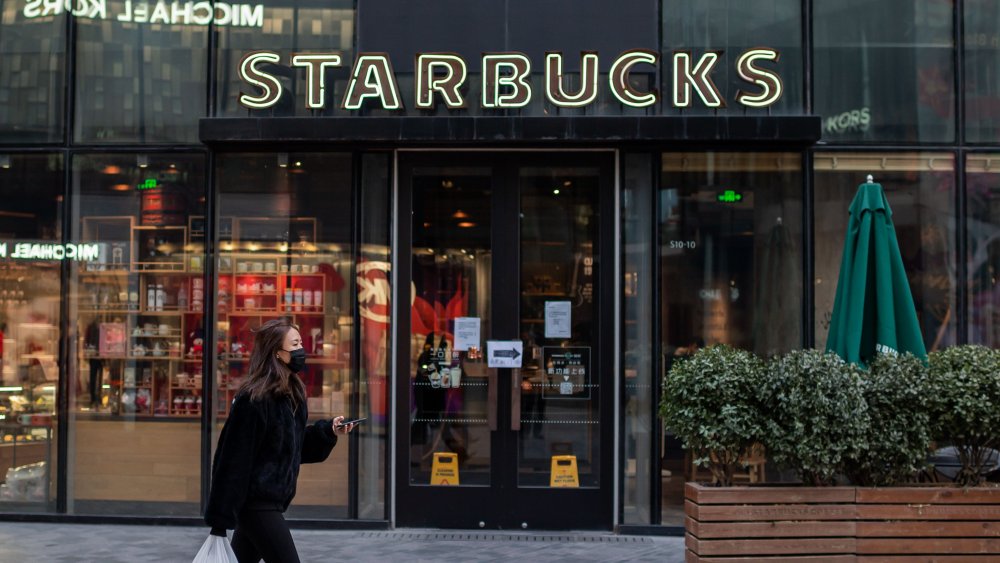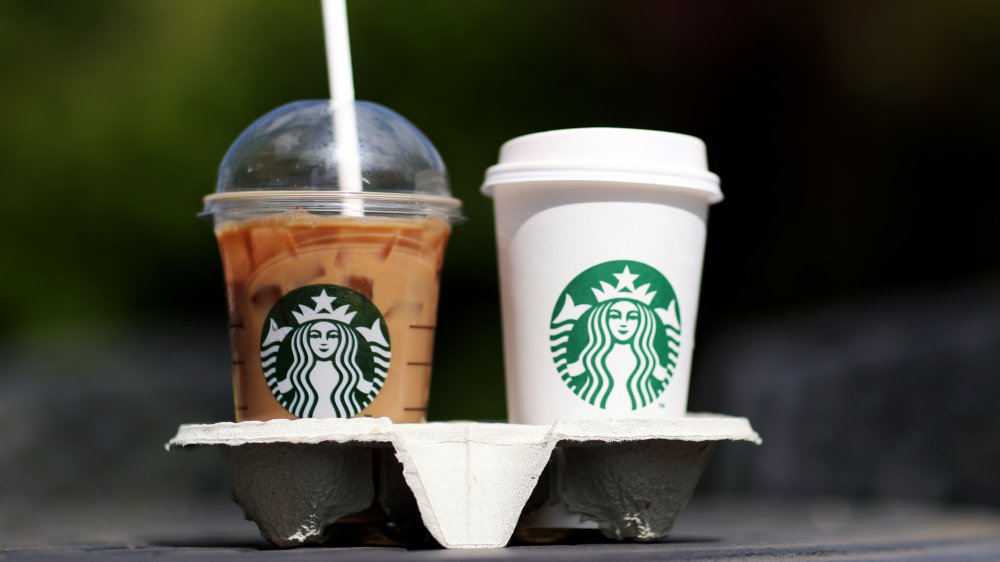The Real Reason Your Favorite Starbucks Might Shut Down
On May 21st, 2020 Starbucks CEO and president Kevin Johnson released a letter on the Starbucks website to customers discussing some changes the company has decided to implement moving forward. In his letter, Johnson stated that adversity and hardships historically lead to progress and the necessary reinvention and adaptation of old models and ideas. During the COVID-19 pandemic, he notes that Starbucks has prioritized the health of their staff members — or partners — and customers, supporting government officials to stop the spread of the virus, and helping out in the communities they are a part of.
This letter goes on to detail their "Bridge to the Future" plan, which includes three changes you may begin to notice in Starbucks locations around the world. The first change they are referring to as "monitor and adapt," which allows stores to make their own decisions based on the health and safety of their staff and region. The second change is a reduction or reconceptualization of existing Starbucks stores, and the third change is that there may be less staff required at each location.
In his letter, Johnson notes the company is trying to be open and honest with its partners about these staffing changes and possibly permanently reduced hours so they can decide what the best path forward is for them personally.
How these changes might result in your local Starbucks closing
The second change outlined in Johnson's letter is the one that might impact your favorite Starbucks location in the biggest way. In it, Johnson says that 80 percent of all Starbucks orders were placed to-go and primarily driven by the Starbucks app before any coronavirus restrictions were in place, which has led the company to consider relocating underperforming stores, expanding curbside pickup and delivery options, and turning some stores (especially those located in dense metro areas) into Starbucks Pickup locations.
These shutterings and reinventions were already being planned, but will now take place over the next 12 to 18 months instead of the originally imagined five years. Johnson asserts that these changes will help in decreasing crowding in traditional Starbucks stores and enhance the quality of the Starbucks experience for those who want to sit and enjoy their orders at the cafes.
Eat This Not That! states that other than your favorite location perhaps being closed or reinvented for expedited orders, these transformations will not really change the way most people are used to getting their Starbucks — which is ordering through the app or via a drive-through window.

